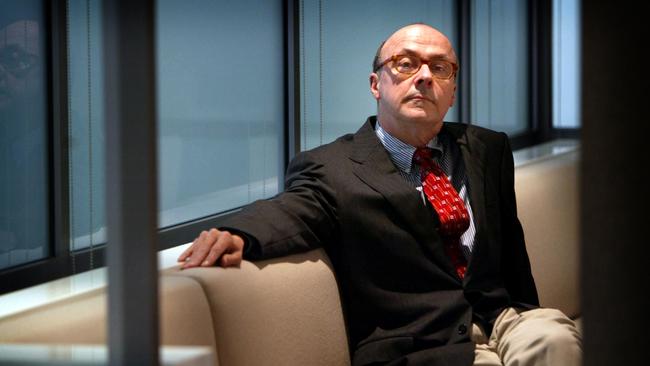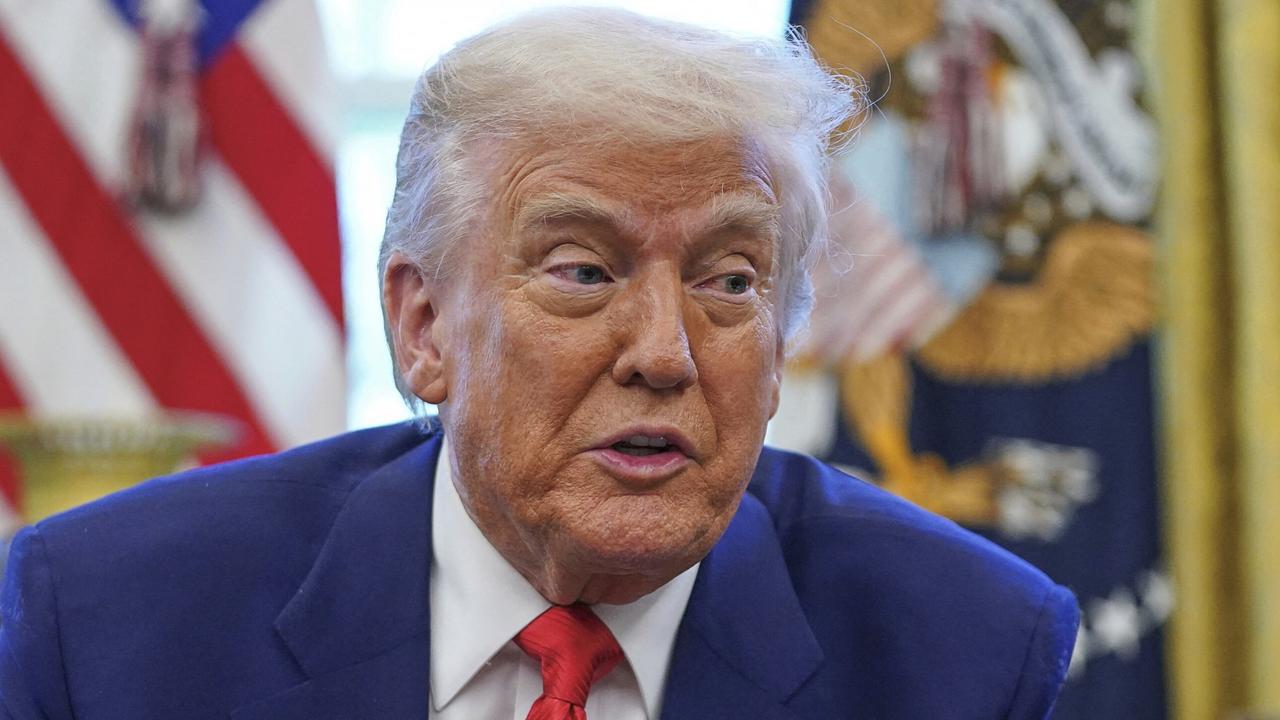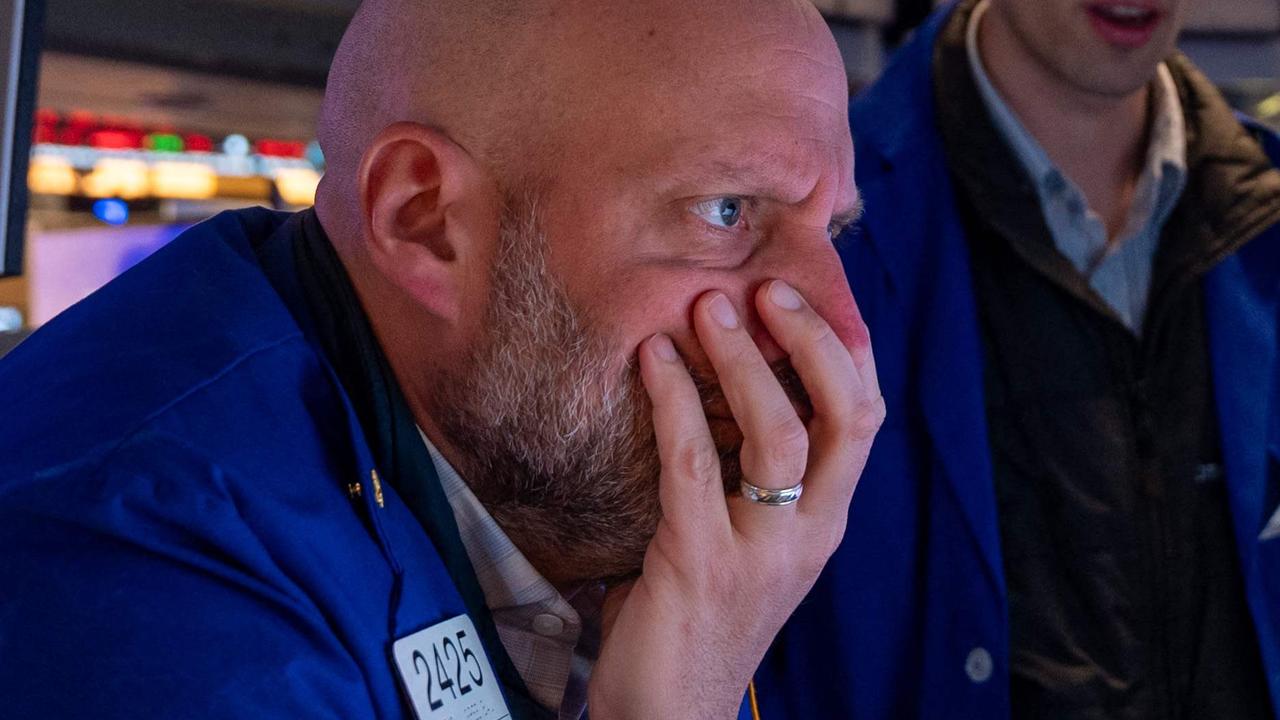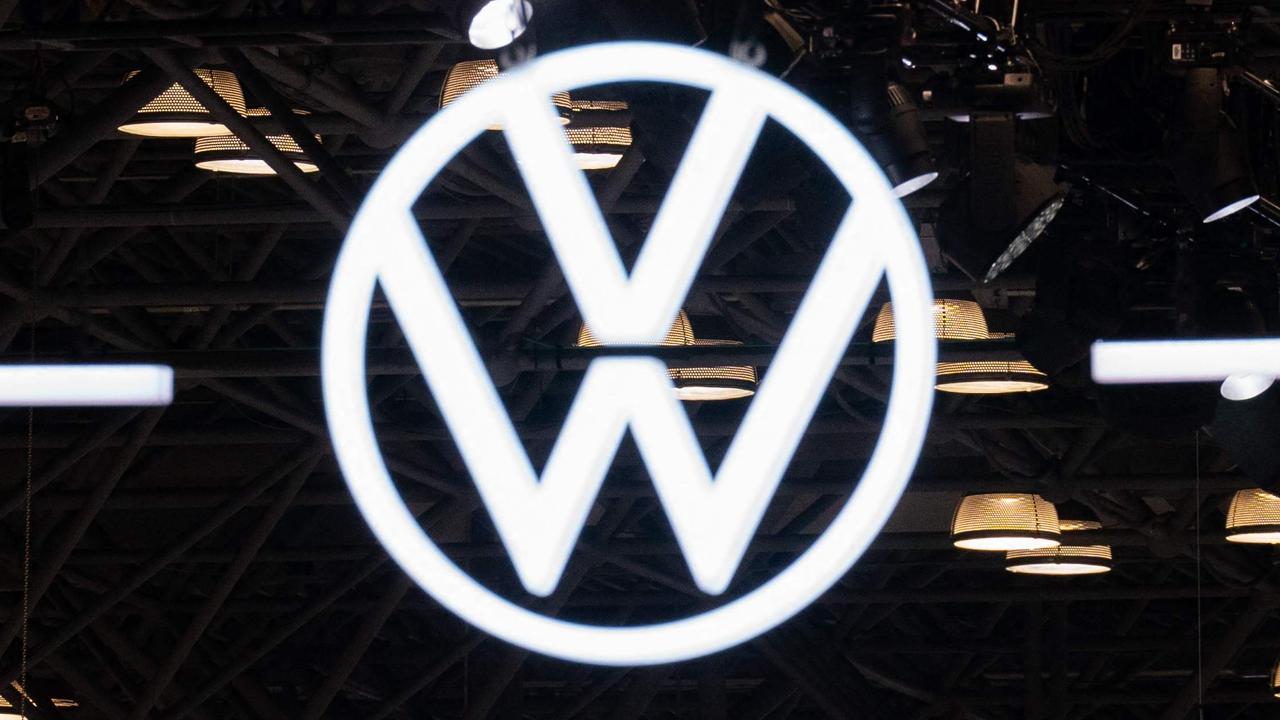Interest rates could rise eight times in two years, former RBA board member John Edwards predicts
YOUR mortgage payments could get a lot more expensive if this scary prediction by a former Reserve Bank board member comes true.

INTEREST rates could be hiked eight times in the next two years, driving up the cost of servicing a mortgage like nothing seen in recent times.
That’s according to former Reserve Bank of Australia board member John Edwards, who has predicted that the days of low rates may be coming to an end.
And the outcome could be dire for those Australians who are only just scraping by to pay off homes bought in the hot property markets of Sydney and Melbourne — but not everyone agrees with the dramatic prediction.
A RETURN TO NORMAL?
With the cash rate at a historical low of 1.5 per cent, it may well be that the only way is up, the economist said in a column penned for the Lowy Institute.
“My guess is that [the RBA] is already thinking about a program of rate increases that will continue for several years,” Mr Edwards wrote, explaining that economic growth was picking up in a way that was “more consistent across the global economy than we have seen in most of the years since the 2008 financial crisis”.
“Thus the growing trend to higher interest rates, which in most advanced economies are still unprecedentedly low,” he said.
“As the impact of the 2008 crisis fades, so does the rationale for super low central bank policy rates.”
GLOBAL ECONOMY ON THE UP
Mr Edwards noted that the US Federal Reserve had increased its policy interest rate earlier this month, with the United Kingdom and Canada hinting at doing the same.
He said the time was coming for the RBA to “get back to normal”, pointing out that, even after the global financial crisis the cash rate was three per cent, and that the average rate over the past 20 years has been 5.2 per cent.
For those people on variable rate home loans, it is a scary prospect that could have a disastrous impact on their ability to pay the mortgage each month.
“Household mortgage debt is high, and in Australia most mortgages have variable interest closely related to the RBA’s policy rate,” he said.
“The bigger the household debt, the more impact a quarter percentage point increase in the policy rate will have on household spending.”
Wow! Could RBA raise rates 8 times in 2 years? Sure, and I 'could' fly to the moon.
— Andrew Canobi (@AndrewCanobi) June 28, 2017
Mr Edwards said the RBA would not move “too abruptly or unexpectedly” and that, if it did move towards a long-term rate of 3.5 per cent, it may start next year with a 25 basis point hike every quarter.
“It seems to me that something like eight quarter percentage point tightenings over 2018 and 2019 are distinctly possible, if the RBA’s economic forecasts prove correct,” Mr Edwards wrote.
“It’s possible the tightening could start earlier, or if not the tightening itself, at least the signalling which should precede it. We may be seeing a little of that now.”
However, he acknowledged, the RBA’s decisions would be governed by the strength of the economy — and there were plenty of factors that could slow the trajectory of its rate rises, such as a weakening of household spending, strengthening of the Australian dollar, persistence of weak employment growth and the further delay of non-mining business investment.
Finder.com.au money expert Bessie Hassan said an increase of 2 per cent to interest rates would add an extra $490 to the monthly repayments of the average loan amount of $371,000.
The average standard variable rate across products monitored by finder.com.au is 5.61 per cent,” she said.
“A rise to 7.61 per cent would cost homeowners an extra $176,702 over the course of 30 years on the average loan amount in Australia of $371,700.
“This is $5890 per year or $490 per month in additional payments.”
DRAMATIC RISE ‘NOT LIKELY’
Mr Edwards’ prediction has been met with scepticism by fellow economists including Alan Oster, who said it was “very unlikely to happen” unless growth overshot the RBA’s outlook.
“The economy is unlikely to be as strong as the RBA thinks,” Mr Oster told news.com.au.
“The RBA is not in a position to start to return to neutral anytime soon.”
Instead, he predicted soft GDP figures to be released in June, then a more gradual strengthening of the economy, with rates to start going up slowly in mid-2019 “but certainly not by times eight”.




